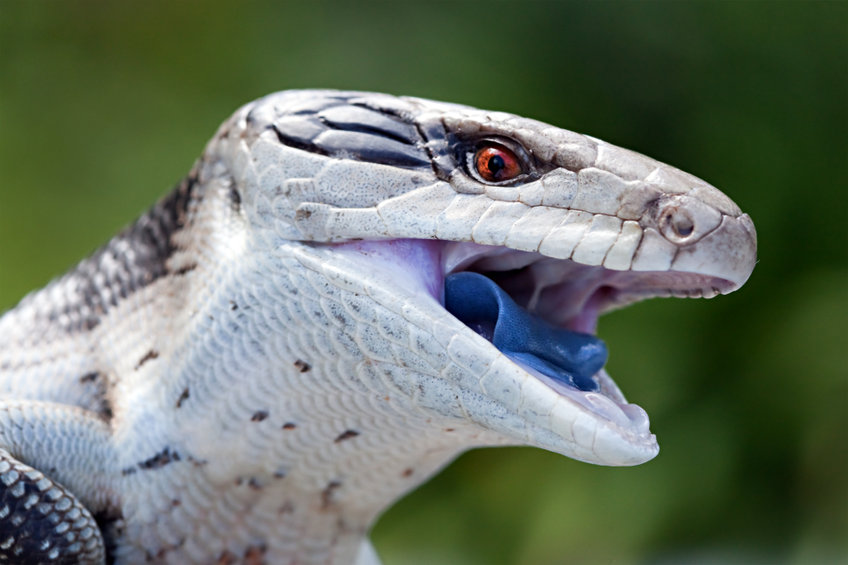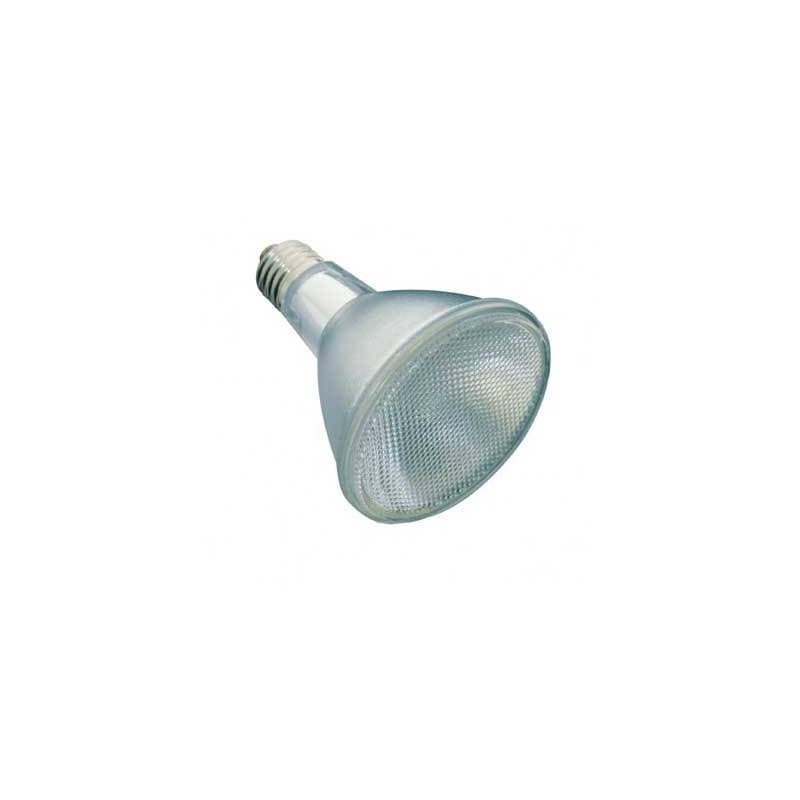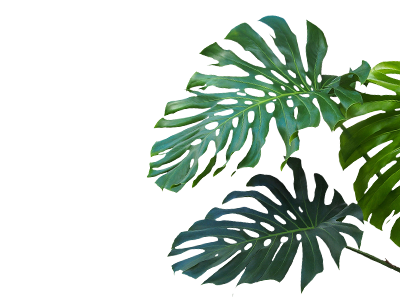
bluetongue skink


bluetongue skink
Name Dutch: bluetongue skink
Scientific name: Tiliqua scincoides ssp.
Origin: Australia to Indonesia
Age: 10 years
Height: 30 to 40 cm
Day temperature: 25-28°c
Humidity: 40-70%
Birth: ovoviviparous (ovoviviparous)
Activity: Day active
Legislation: CITES B
Climate: Steppe and dry forest area
Stay: Terrariums
Heat place: 35 ° c
Night temperature: 20 – 22°c
Night humidity: 80-90%
Minimum size: 132 x 45 x 60 cm



Description
Blue-tongued skinks got their name from their blue tongue that they stick out when threatened and with which they taste their environment. The skin is smooth and feels like a snake's skin. These reptiles are much slower than other lizards due to their short legs and heavy body. The base color is light brown with vertical browner stripes.
The blue-tongued skink is ovoviviparous, meaning that the female incubates the eggs inside the body and gives birth to live young. Normally a litter will consist of 10 to 15 young animals.
Blue-tongued skinks have a calm character and are rarely aggressive, making them easy reptiles to keep. They are fairly easy to handle as long as they are well supported. If they want to be left alone, the animal will inflate its body to make itself look bigger. If this is not enough, the animal will open its mouth and begin to blow. Also watch out for the tail, they can lose it and will eventually grow back.

Nutrition
The blue-tongued skink is omnivorous and will eat a wide variety of food. Think of insects such as grasshoppers, crickets, dola larvae, morio worms. Sometimes some leafy greens such as endive or weeds are eaten. Furthermore, high quality fresh dog or cat food may also be given. It is important to ensure that there is as little salt as possible in the diet. It is best to give a good vitamin and mineral product 2 to 3 times a week. Make sure there is always a bowl of clean water available that is changed every day.

Interior nursery
Young blue-tongued skinks are best kept in smaller terrariums such as an Exo Terra 90x45x45 cm terrarium. Provide a thick layer of substrate for the animal to burrow. Different types of ground covers can be used for this, as long as they are dry. A mix of sand with coconut fiber is a good soil that animals find comfortable in. Blue-tongued skinks are not good climbers so make sure they can't climb too high. You can always place some coarse stones, cork, pieces of wood and hiding caves in the terrarium. Adult animals are best kept in a terrarium of 132x45x60 cm. The layout is the same as for the young animals. Because sexes are difficult to see, we recommend keeping the animals solitary unless you are sure they are a couple. 2 males in 1 terrarium will definitely fight each other.

Coldblooded
Blue-tongued skinks are cold-blooded and depend on a heat source to warm up. To warm up, the animals crawl under a lamp, this warms up the body and gives the animal energy and will become active. If it gets too hot, the animal will look for a cool place. This is called thermoregulation. Under the heat lamp it may be 35°c, we call this the hotspot. On the cool side it can be 24°c. You measure this in the farthest corner at the bottom of the terrarium. The night temperature may drop back to 20 to 22°c. If this temperature is reached, it is best to use a heat mat or ceramic lamp in combination with a thermostat. It is highly recommended to use UVB lighting. The type of Uvb Lamp that can be used depends on the situation and it is best to be well informed by a specialist.




